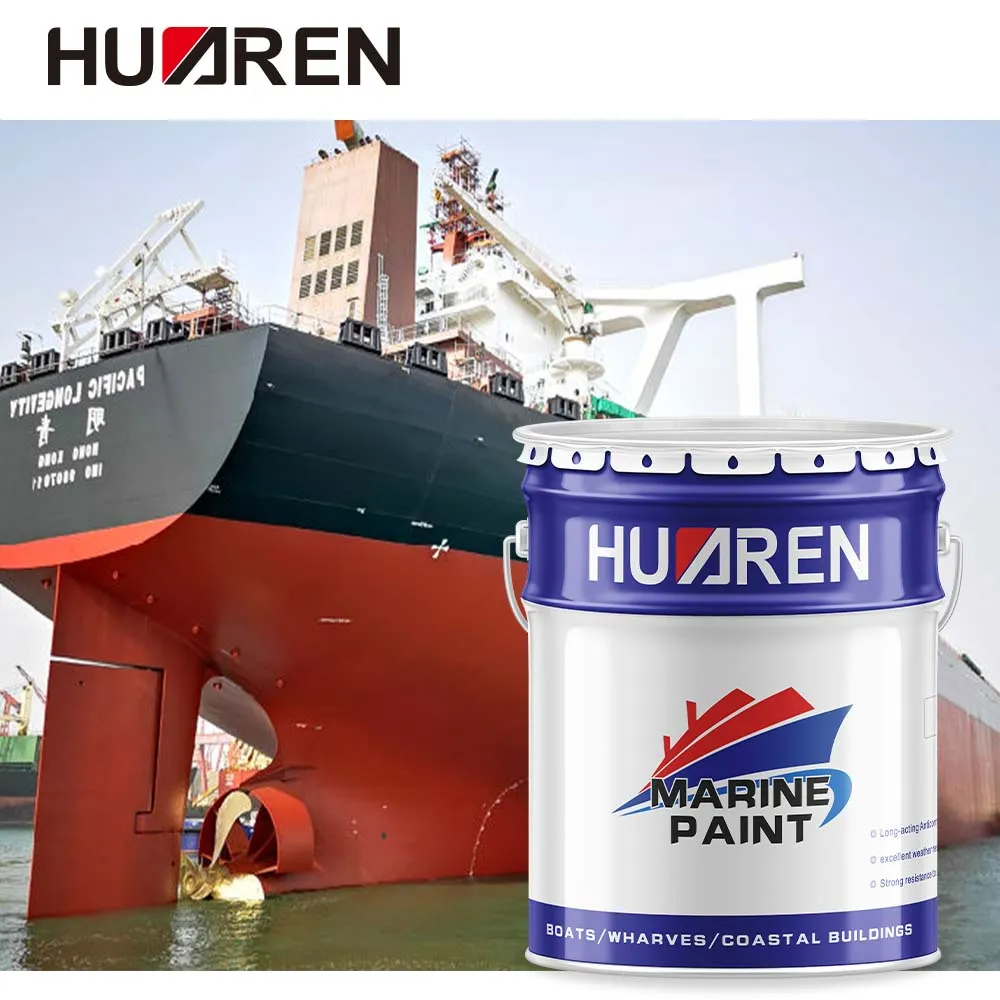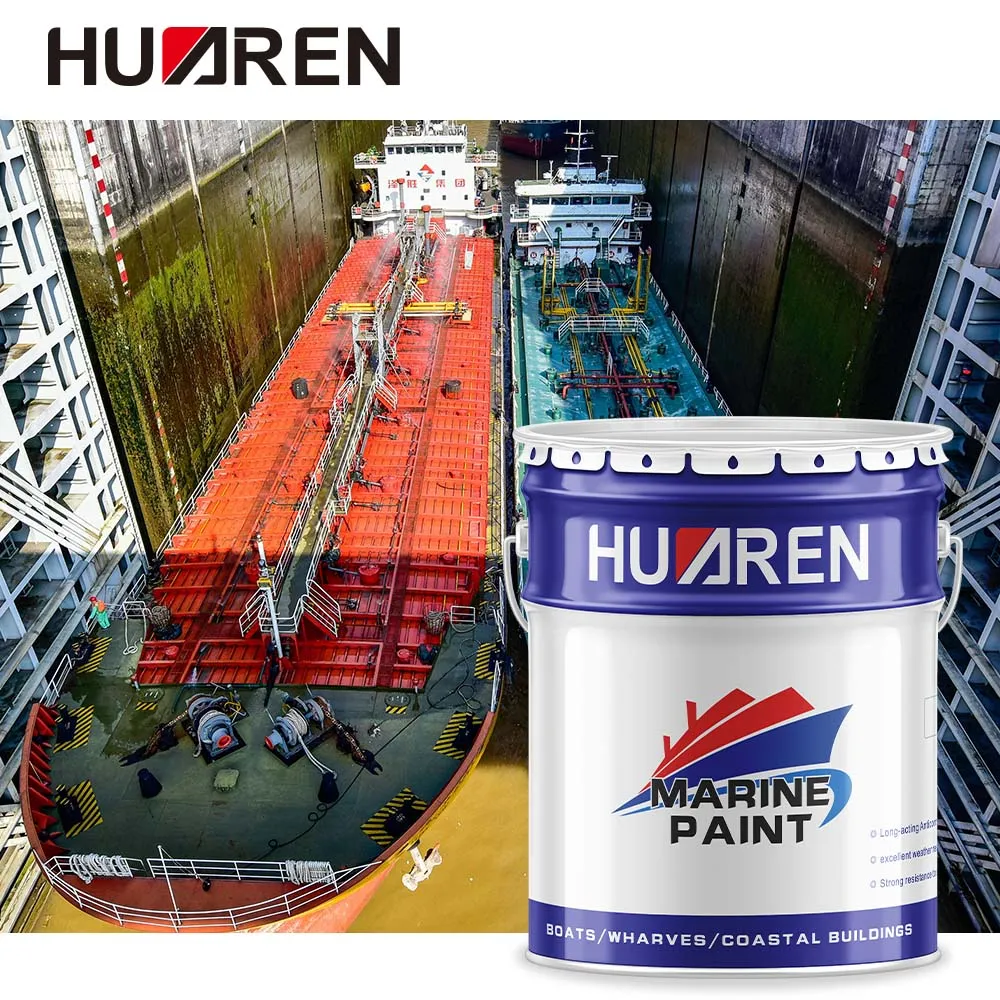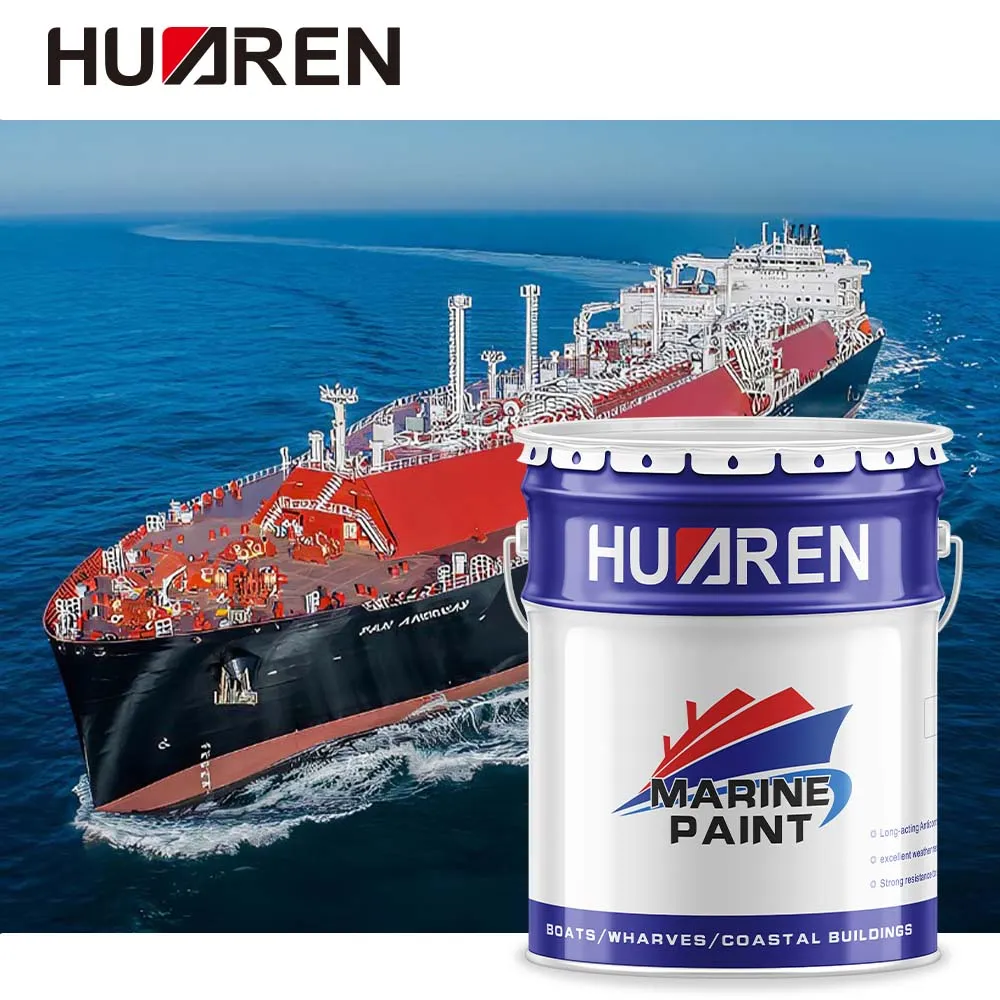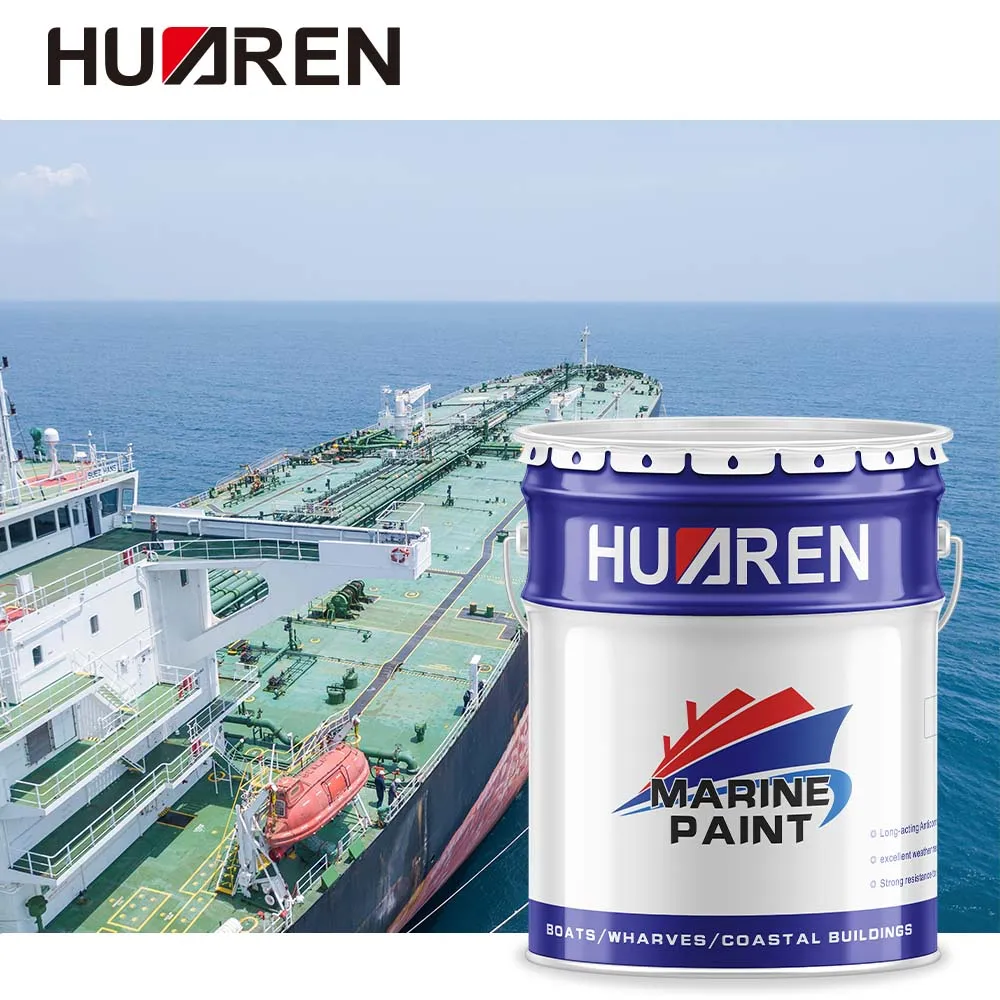In the process of ship construction and maintenance, marine paint is not only for beauty, but also for providing necessary protection, especially for the durability and functionality of structures such as hulls and decks. As a commonly used hull material, the choice of surface coating for plywood is crucial. Suitable marine paint can greatly enhance the water resistance, corrosion resistance, wear resistance and UV resistance of plywood, thereby effectively extending the service life of the ship and reducing the frequency of repairs and maintenance. Therefore, understanding what is the "best marine paint for plywood" is of great significance for the design and maintenance of ships.

What are the applications of plywood in ships?
As a multi-layered wood material, plywood is widely used in the decks, bulkheads, interiors and hull structures of ships because of its light weight, high strength and good bending resistance. The hierarchical structure of plywood can effectively disperse the force and reduce the possibility of deformation and cracking. For ships that need to withstand water and humid environments, plywood has unique advantages in reducing the weight of the hull and improving the strength of the ship structure.
However, plywood easily absorbs water. When exposed to seawater or high humidity for a long time, it is easy to be eroded by water and expand, rot or deform. Therefore, it is very important to choose the right marine paint to effectively protect plywood from water intrusion and biological attachment.
What are the main functions of marine paint for plywood?
● Waterproofness: The structural characteristics of plywood determine that it is easy to absorb water in a humid or flooded environment, causing expansion, warping or rot. Therefore, waterproofness is the primary consideration when choosing paint for plywood. Marine paint should form a solid barrier to isolate moisture penetration.
● Corrosion resistance: Plywood that is exposed to seawater or humidity for a long time is easily eroded by organisms such as microorganisms, algae or fungi, which accelerates decay. Therefore, marine paint must have strong anti-corrosion ability and be able to resist biological attachment and growth.
● Weather resistance: Ships sail in harsh environments such as sunlight, wind, rain and seawater for a long time, so the weather resistance of marine paint is particularly important. Marine paint needs to have strong UV resistance to prevent fading, peeling or cracking under long-term sunlight.
● Wear resistance: The surface of plywood may be worn or scratched during use, especially on the deck and other easily accessible parts of the ship. Therefore, the wear resistance of marine paint is also a factor that cannot be ignored. Marine paint needs to be able to withstand the wear and tear of daily use.
● Environmental protection: With increasingly stringent environmental regulations, choosing environmentally friendly paints has also become an important factor in the selection of marine paints. Water-based marine paints and low VOC (volatile organic compounds) marine paints are becoming more and more popular because they have less pollution to the environment.

What types of marine paints are suitable for plywood?
After understanding the characteristics that plywood marine paints must have, the next step is to understand which specific types of marine paints are suitable for painting plywood ships. According to the composition and performance characteristics of the paint, common marine paints suitable for plywood include:
Epoxy resin paint
Epoxy resin paint is a kind of paint widely used in ship painting. It has become the first choice for many ships because of its excellent adhesion, waterproofness, corrosion resistance and wear resistance. Epoxy resin paint has excellent waterproof performance and can form a strong protective film to prevent moisture from penetrating into the interior of the plywood. At the same time, it can also effectively resist the erosion of seawater, chemicals and microorganisms.
Reasons for plywood:
● Waterproof and anti-corrosion: Epoxy resin paint can well seal the surface of plywood, prevent moisture penetration, reduce the hygroscopicity of wood, and prevent corrosion.
● Anti-ultraviolet ability: Epoxy resin paint has strong weather resistance, can resist direct sunlight, and reduce the damage of ultraviolet rays to plywood.
● Wear resistance: Epoxy resin paint has a hard coating and good wear resistance, which is suitable for high friction parts such as ship decks.
Epoxy resin paint is suitable for ships that require higher anti-corrosion and water resistance, especially at the bottom of the hull and parts that need to be in contact with water for a long time.
Polyurethane paint
Polyurethane paint is a polyurethane resin-based paint with excellent wear resistance, weather resistance and UV resistance. Polyurethane paint dries quickly and can form a smooth and shiny coating. It is often used for external painting of ships, especially decks, bulkheads, etc.
Reasons for plywood:
● Water resistance and corrosion resistance: Polyurethane paint has excellent waterproof properties and can effectively protect the surface of plywood from moisture erosion.
● Wear resistance and weather resistance: Polyurethane paint has high hardness and excellent wear resistance, and is suitable for parts that are often subject to friction, such as ship decks. At the same time, its strong UV resistance can delay the fading and aging of the paint.
● Decorative effect: Polyurethane paint has a high gloss, which can make the surface of plywood smoother and brighter, and enhance the appearance of the ship.
● Polyurethane paint is suitable for ship surfaces that have high requirements for appearance and require strong weather resistance and wear resistance, especially decks and external parts.
Acrylic paint
Acrylic paint is a common water-based paint, the main component of which is acrylic resin. It has excellent adhesion, transparency and UV resistance. Due to its low volatile organic compound (VOC) emissions and environmental protection, acrylic paint is widely used for painting inside and outside ships.
Reasons for plywood application:
● Waterproof and UV resistance: Acrylic paint has good water resistance, can effectively prevent moisture from penetrating into plywood, and has strong UV resistance.
● Environmental protection: Acrylic paint has low VOC emissions and meets modern environmental protection requirements, so it is suitable for places with high environmental protection requirements.
● Quick drying: Acrylic paint has a short drying time and is suitable for fast construction.
Acrylic paint is usually used for the interior of the ship or parts that are not directly exposed to seawater. It is suitable for indoor use and some painting occasions with high environmental protection requirements.
Polyvinyl chloride paint
Polyvinyl chloride paint has excellent water resistance, wear resistance and chemical corrosion resistance, and is suitable for exposed parts such as hulls and decks. It can effectively resist the erosion of seawater, oil pollution and other chemicals, and is a highly durable marine paint.
Reasons for plywood:
● Corrosion resistance and water resistance: PVC paint has excellent corrosion resistance and is suitable for ship parts exposed to water.
● Good adhesion and wear resistance: PVC paint can firmly bond with the surface of plywood, and the coating is hard and can withstand friction on ship decks and other parts.
● Oil and chemical resistance: PVC paint can effectively prevent the erosion of oil and other chemicals and extend the service life of plywood.
PVC paint is suitable for some parts of ships that have high requirements for resistance to chemicals and oil, especially the painting of hulls and decks.

Marine paint painting tips and precautions
No matter what type of marine paint is chosen, the correct execution of the painting process is the key to ensure the effect. Here are some tips and precautions when using marine paint to paint plywood:
● Surface treatment: Before painting, the surface of plywood needs to be cleaned and polished to ensure that the marine paint can adhere evenly. Removing dust, oil and impurities on the surface can improve the adhesion of the coating.
● Multi-layer painting: In order to improve the protective performance of marine paint, it is recommended to apply multiple layers of paint. Each layer of paint should be completely dried before applying the next layer to ensure that each layer of paint can achieve the best effect.
● Ventilated and dry environment: Good ventilation is required during the painting process so that the marine paint can dry quickly and maintain good results. A high humidity environment may affect the drying time of the paint and the uniformity of the coating.
● Use appropriate tools: Use the right brush, spray gun or roller to ensure that the marine paint is evenly applied to avoid missing or uneven coating.

What does Huaren Chemical Industry Co., Ltd. manufacture?
Huaren Chemical Industry Co., Ltd. is a leading manufacturer based in China, specializing in a wide range of high-quality resins, paints, and industrial marine paints. Our product portfolio includes heavy-duty anti-corrosion coatings, epoxy paints, acrylic paints, chlorinated rubber paints, and more. With over 20 years of experience in the chemical industry, we are committed to offering competitive prices, high-quality products, and customized solutions. If you are looking to buy premium industrial solutions coatings at low prices, contact us for quotes and special promotions.

